I am trying to produce a modified version of a Chord Diagram in R using the chordDiagram() function in the circlize package in R.
Suppose we have this toy example (as for the documentation of the package):
require(circlize)
df = expand.grid(letters[1:3], LETTERS[1:4])
df$value = 1
df$value2 = 3
chordDiagram(df[, 1:3])
The output will be pretty straightforward:
Now, the problem is: let's suppose that I need to make two "ends" overlap to represent an intersection, for example, the ribbon going from b-->A and the ribbon going from a-->A, so that they end in the same sector "merging" each other (such as in the figure below).

Is that possible? I didn't find any example in the documentation nor I was able to perform this task by tweaking the options.
Hope that I made myself clear. Thank you for any try.

